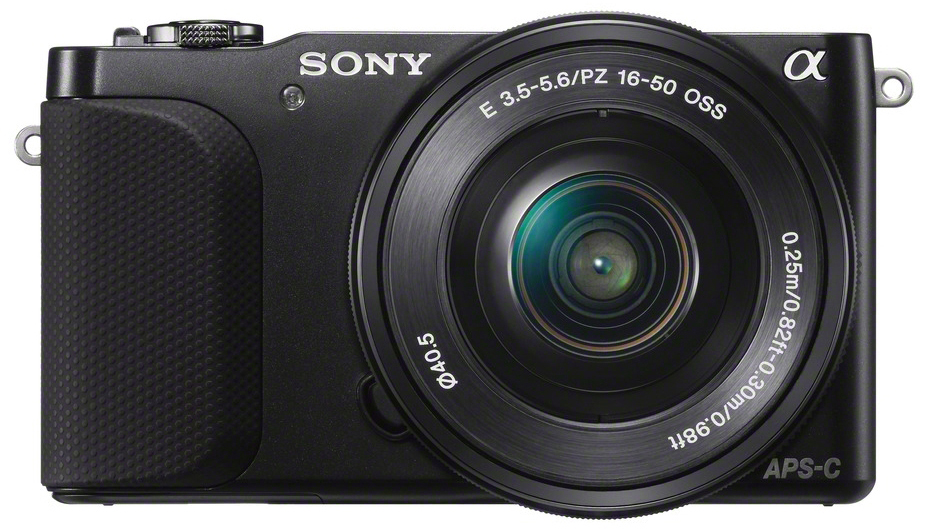TechRadar Verdict
Pros
- +
Tilting screen
- +
Small size
- +
APS-C sized sensor
Cons
- -
No touchscreen
- -
Limited raw functionality
- -
No accessories port/hotshoe
Why you can trust TechRadar
Sony was one of the first manufacturers to enter into the compact system camera (CSC) arena, and as such it has a reasonable heritage with its NEX series. Although it doesn't quite have the lens range of its Micro Four Thirds competitors, it is still streets ahead of the competition from Nikon and Canon, with each of the cameras in its range now in its third or fourth generation.
The Sony NEX-3N is the company's new introduction to its cheapest and most basic entry-level CSC range. It replaces the Sony NEX-F3 and has a redesigned chassis, which makes it the smallest and lightest CSC to feature an APS-C sized sensor.
Aiming pretty squarely at compact camera "step-up" users, the camera has a 16.1 million pixel sensor, the same device that can be found in the Sony NEX-5R, which was introduced towards the end of 2012.
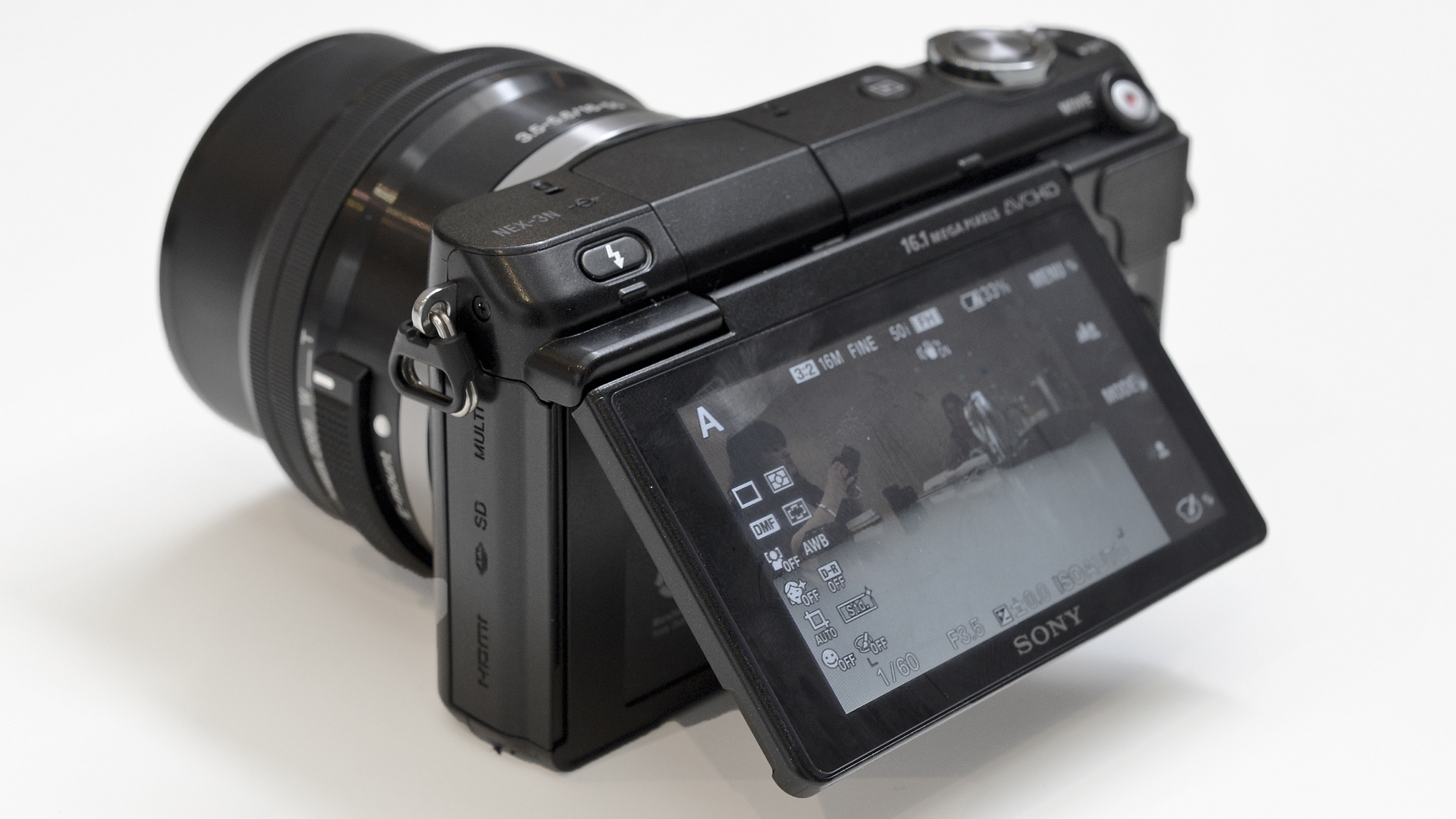
It also features a 180-degree tilting LCD screen, which is ideal for framing self-portraits. That tilting touchscreen also has another handy bonus - as soon as the screen is put into that position, self-portrait mode is activated.
Unlike the Sony NEX-5R, the Sony NEX-3N doesn't feature a touchscreen. This seems a bit of a shame, especially considering the target audience is likely to be used to the convenience of smartphones, but on the other hand it's likely that it would have added a premium to the camera's price, which Sony is trying to avoid.
It comes bundled as standard with an 18-55mm power zoom lens, which is also very small, and helps contribute to the overall small size. This does mean that you are required to use a switch to zoom, rather than the manual focusing operation - while this is handy for video recording, others may miss the manual operability.
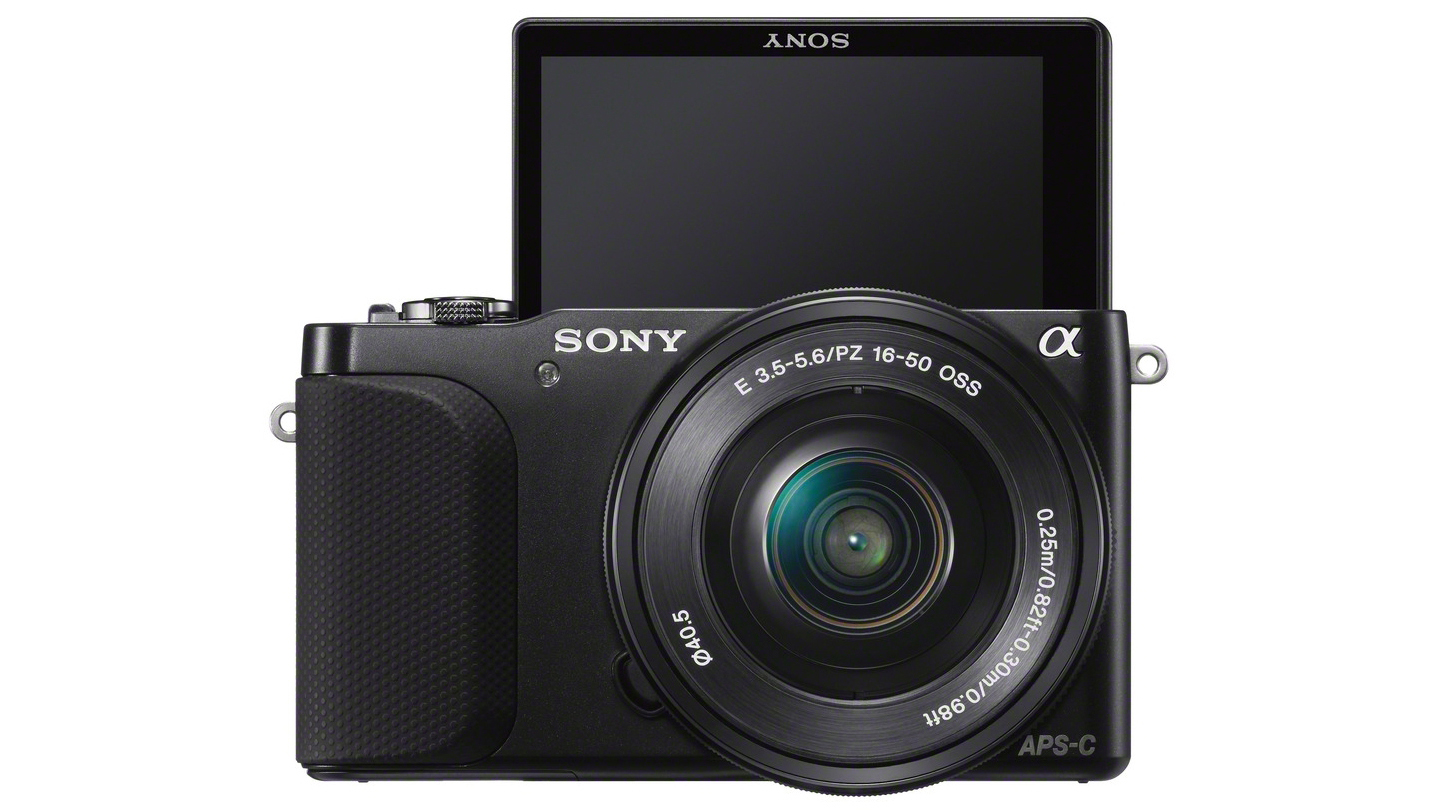
Sony introduced two new E-mount lenses with the launch of the NEX-3N. A 20mm f/2.8 and 18-200mm power zoom lens bring the total up to a fairly respectable 15 NEX lenses.
One new feature for this level of Sony camera is area-specific noise reduction, which was developed for the top-of-the-line Sony Alpha a99 DSLT. This works to classify dimly lit images automatically and adapt noise reduction as appropriate, such as for flat areas, textures or edges.
This should mean that although the sensor and imaging engine is the same as for the Sony NEX-5R, low light images will be better from the Sony NEX-3N.
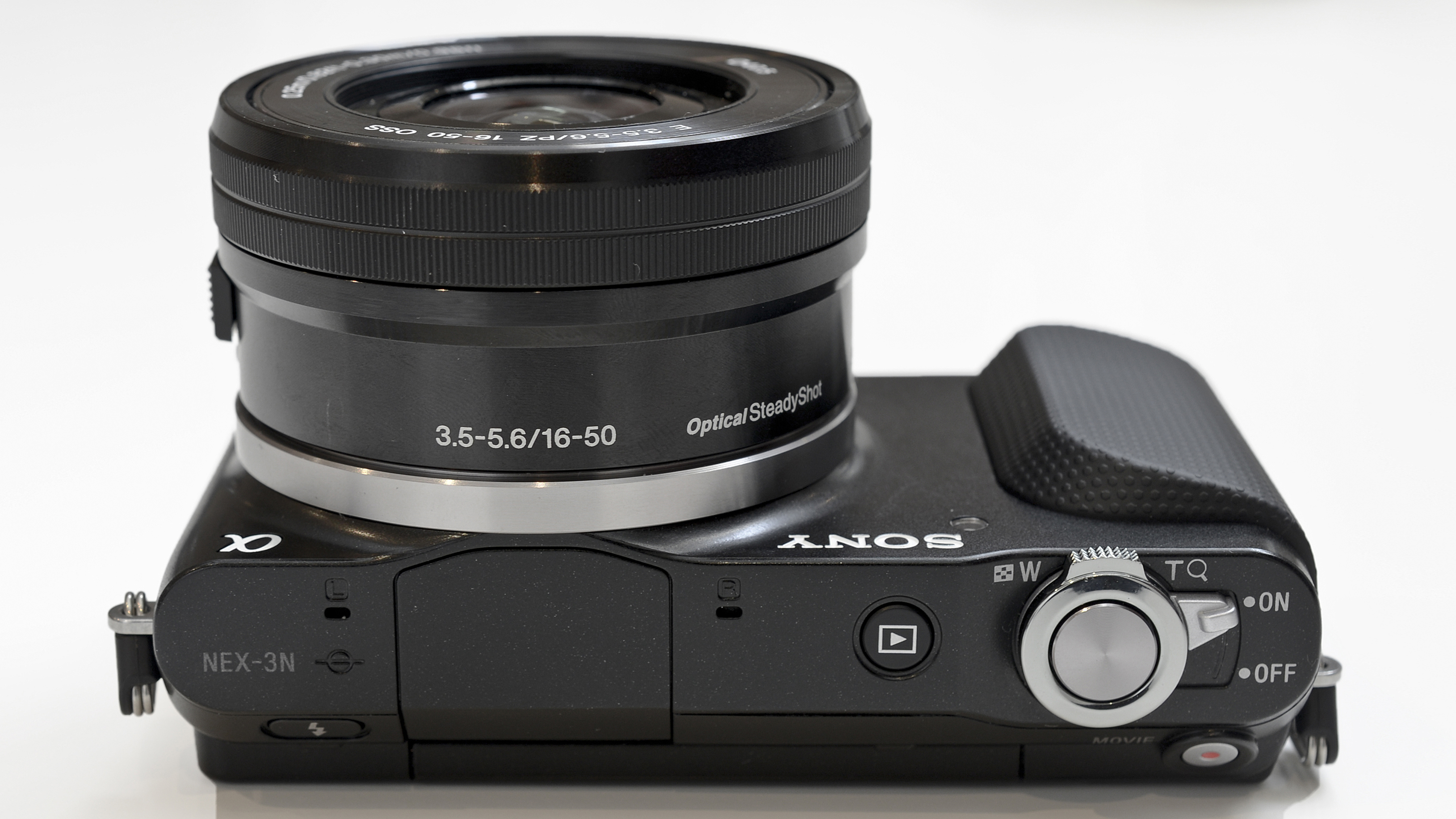
Also new is Auto Object Framing, which is a follow-on from Auto Portrait framing, as found in several other Sony CSCs and DSLTs. Whereas before this worked to better frame portraits, it can now be extended to pretty much any object, as well as portraits.
Auto Macro Framing is also included, as well as Auto Tracking Framing, which can determine the direction a subject is moving in, to keep continuous autofocus.
Understandably, Sony needs to make this camera distinct from the NEX-5R so as to encourage sales in both lines. So, while the Sony NEX-3N has the same sensor and the potential for better low light performance, the Sony NEX-5R has a better, or faster, autofocusing system that uses on-sensor phase detection autofocusing. This could be problematic if you want to photograph fast moving subjects, such as children.
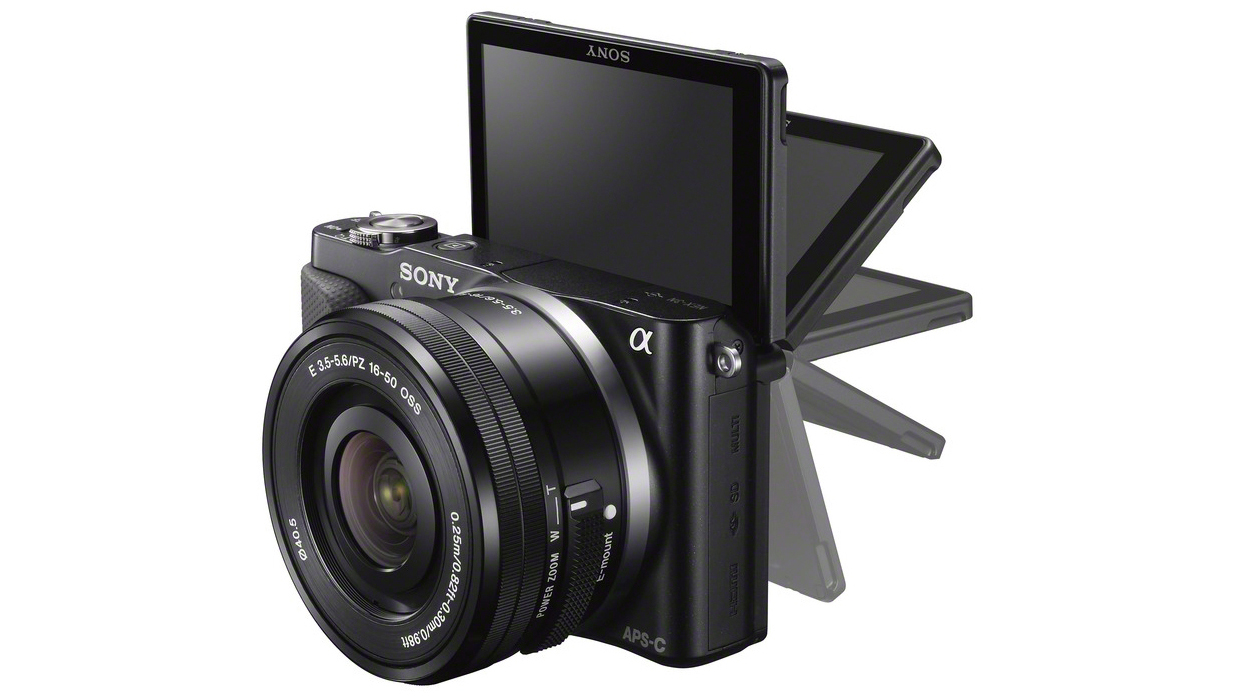
Another difference is that the Sony NEX-3N doesn't have Wi-Fi technology, whereas the Sony NEX-5R does. There's also no hotshoe or accessories port as could be found on the Sony NEX-F3, so you have no way to attach an external viewfinder, flash or any other accessory.
With its low price, small body and lack of direct manual controls on the body, the Sony NEX-3N is operating in a very competitive area of the market, which is currently also occupied by the likes of the Olympus PEN Mini, Nikon 1 J3 and Panasonic GF5.
Thanks to its recommended full retail price of just £399 / US$499.99 / AU$649, the 3N is one of the cheaper CSC options currently available, which considering the large amount of technology and power zoom currently available, should be a bit of a bargain.
Amy has been writing about cameras, photography and associated tech since 2009. Amy was once part of the photography testing team for Future Publishing working across TechRadar, Digital Camera, PhotoPlus, N Photo and Photography Week. For her photography, she has won awards and has been exhibited. She often partakes in unusual projects - including one intense year where she used a different camera every single day. Amy is currently the Features Editor at Amateur Photographer magazine, and in her increasingly little spare time works across a number of high-profile publications including Wired, Stuff, Digital Camera World, Expert Reviews, and just a little off-tangent, PetsRadar.
